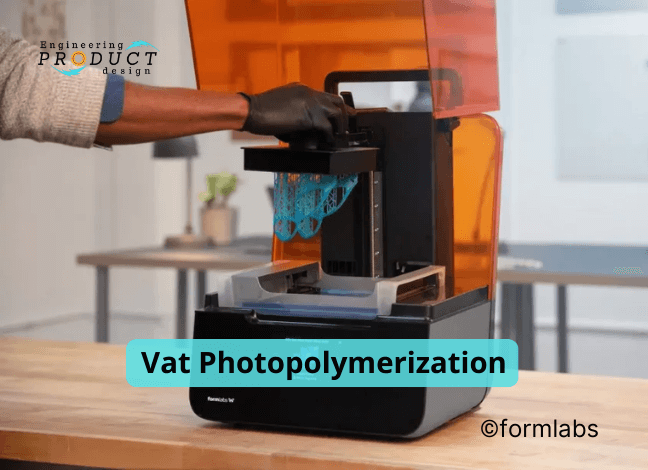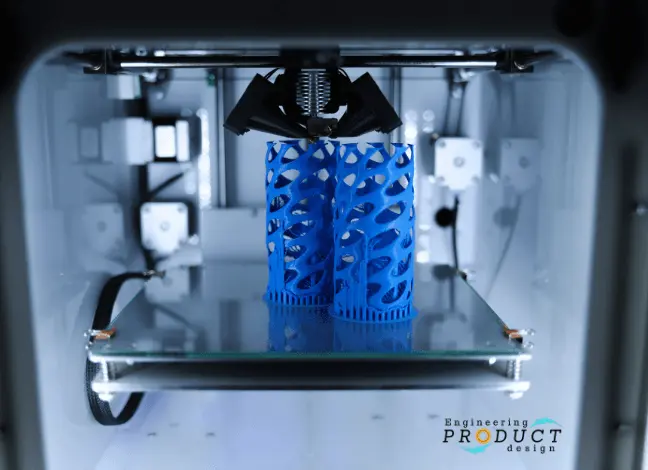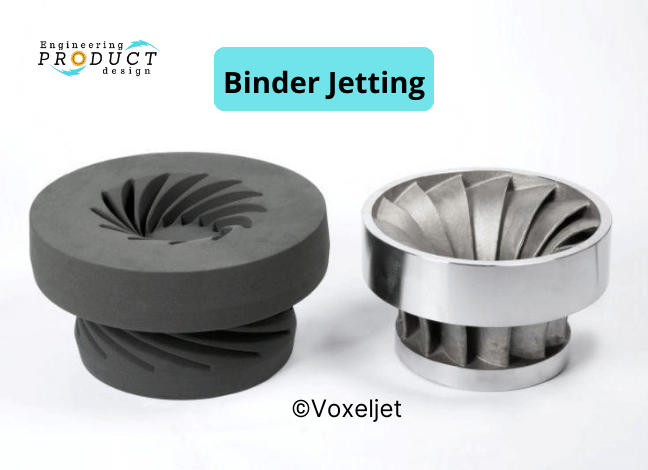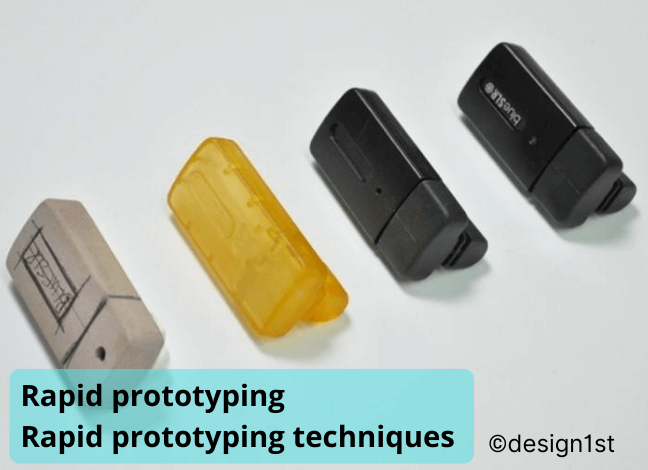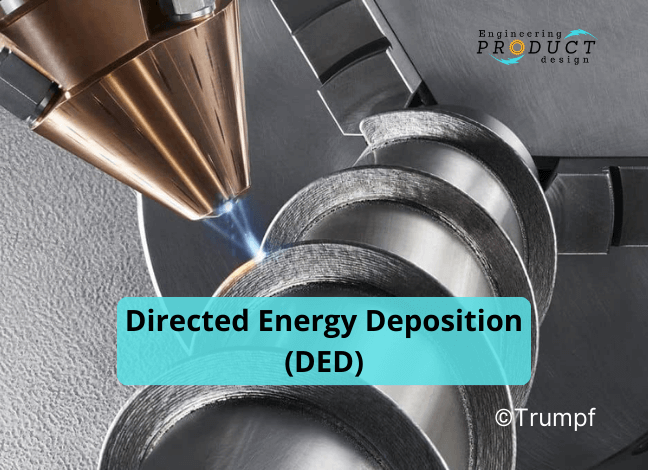What is Additive manufacturing? | 7 Additive Manufacturing types
Additive manufacturing technology or 3D printing is type of technology that uses successive layers of material to create 3D objects
What is Additive manufacturing? | 7 Additive Manufacturing types Read More »

